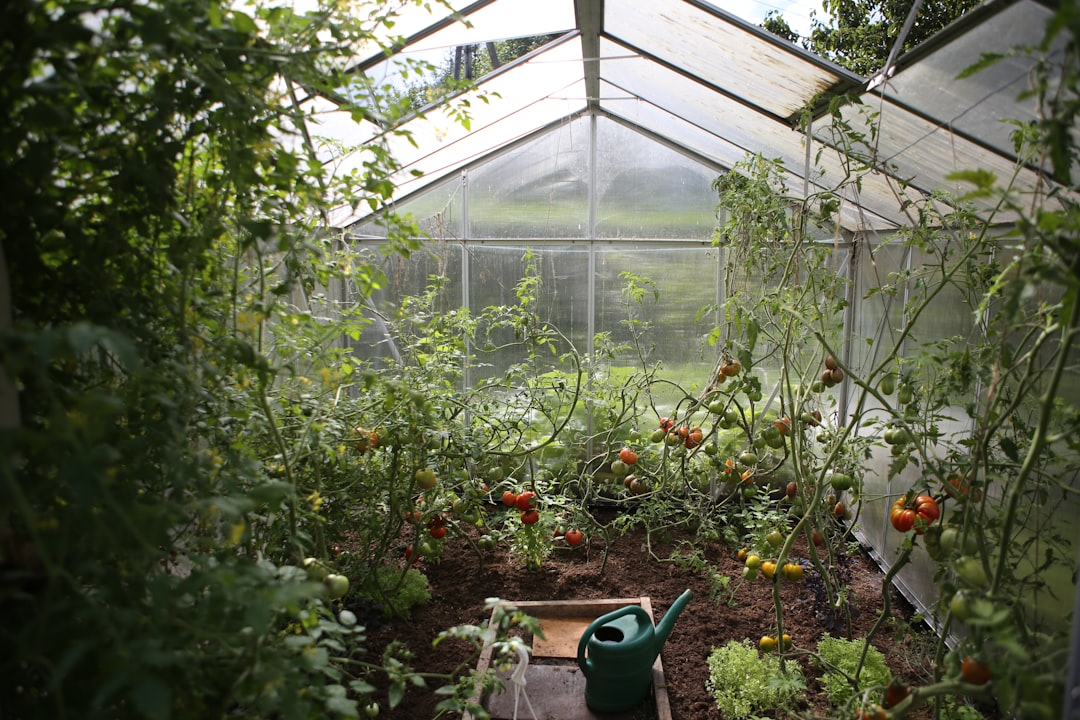Sunday Wrap Up: HydroGreen's Irish Market Entry and China's Greenhouses Emissions Study
Discover this week's latest development from the world of Controlled Environment Agriculture.
Special thanks to this edition’s sponsor, AmplifiedAg; discover their products & how their expertise can help you start your project!

This Week’s Editorial
Indoor Farming in 2023: A Form of Recovery or a Recurring Cycle of Challenges?
As we explore the indoor farming industry's turbulent journey through 2023, let's first pause and extend our deepest gratitude to the voices that have illuminated our path. A special thank you to Michael Koziol, CSO & CMO of AmplifiedAg, Daniel Plant, Executive Economist at
Before We Start, Special Thanks To This Edition’s Sponsor, AmplifiedAg
Achieve higher yields and faster growth cycles with AmplifiedAg.
AmplifiedAg's indoor farms and software are trusted by CEA farms and USDA scientists throughout the US and are designed to grow with your business.
Discover their products here.
This Week in Indoor Farming: Green Innovations and Environmental Challenges
Cubicfarms, through its subsidiary HydroGreen, has achieved a significant breakthrough in the agricultural technology sector with its recent entry into the Irish market. This expansion is marked by the sale of a GLS 808 machine to a Dublin-based agricultural company, along with an agreement for future sales of four more machines. This move is a strategic step for HydroGreen, aligning with the European Union's focus on enhancing agriculture through innovative technologies. It not only signifies HydroGreen’s alignment with the EU’s modernization initiatives but also with Ireland's commitment to sustainable food systems. The deal includes collaborative research and development with local state agencies and universities, aimed at tailoring HydroGreen's technology to regional agricultural needs, especially sustainable farming.
In addition to its international expansion, HydroGreen continues to focus on domestic projects in the US, such as constructing feed hub facilities, demonstrating a balanced approach to transforming agricultural practices both locally and globally. HydroGreen, a part of CubicFarm Systems Corp., is at the forefront of revolutionizing agricultural practices with its Automated Vertical Pastures™ and smart farming techniques. As HydroGreen expands its global footprint, its innovative methods position it as a crucial player in the future of agricultural technology.
A recent study by Li et al. in 2024 has highlighted a significant environmental issue stemming from China’s extensive greenhouse vegetable production (GVP), which covers over 4 million hectares and represents more than 80% of the global GVP systems. These greenhouses have become major sources of nitrous oxide (N2O) emissions, primarily due to excessive nitrogen fertilization and frequent irrigation. Using an advanced automatic chamber system, the study conducted high-frequency, continuous monitoring over a year in a GVP system in Shouguang, Northern China. This approach marked an improvement over previous low-frequency manual sampling methods, offering detailed insights into the daily and seasonal dynamics of N2O emissions.
The study found that the annual soil N2O emission was significant, constituting 7.6% of the applied nitrogen, with notable spatial variations within the greenhouses. A critical discovery was the impact of irrigation on N2O emissions, causing substantial flux pulses from furrows. This data is crucial for understanding the scope of N2O emissions from GVP systems and will help in developing more accurate emission models. These models are essential for informing policy and practice, guiding the development of effective strategies to mitigate the environmental impact of GVP systems, not only in China but also globally.





